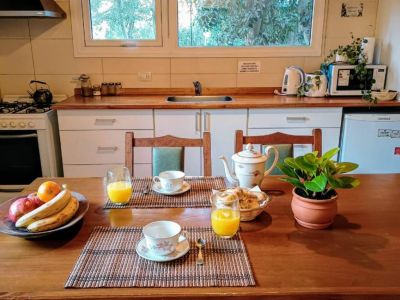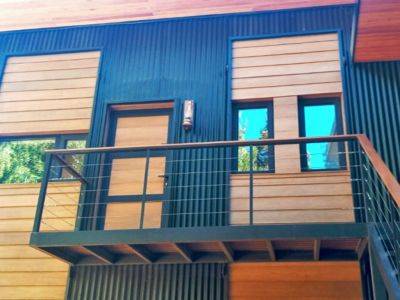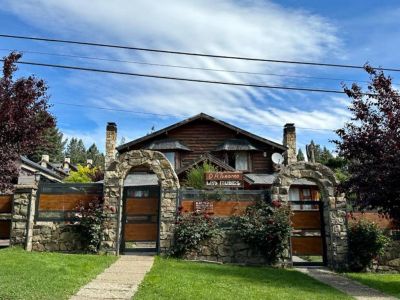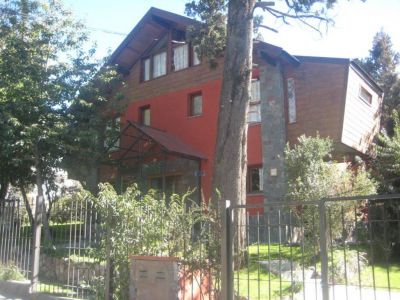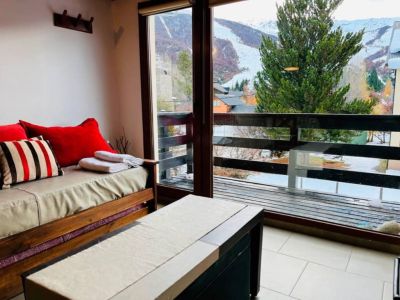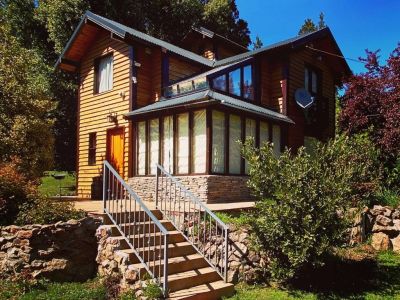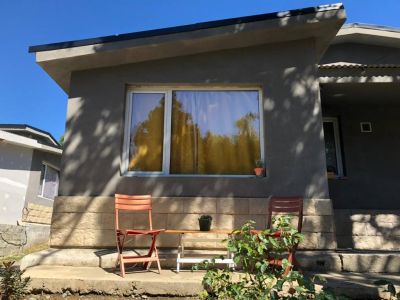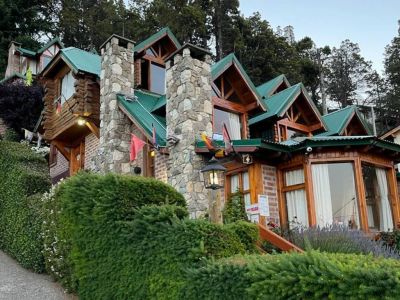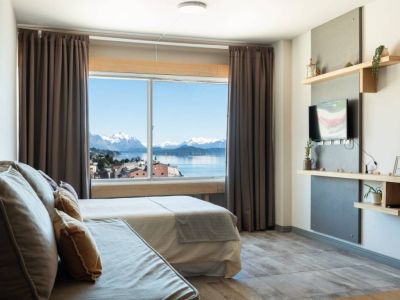That is what our eyes saw. But it is what it represents which is essential: both the religious aspect and the customary. The cathedral is devoted to Our Lady of the Nahuel Huapi, Patron Saint of Bariloche. We found her image in the stained glass above the main altar, as well as in a sculpture at the main hall. Made of stone, it symbolizes Virgin Mary holding Child Jesus in her arms and a native child standing next to her. Likewise, the image of Ceferino Namuncurá carved in wood wearing his poncho pampa and holding a crucifix welcomed us as we went in. Another intercultural detail assumed by the church authorities and its congregation. We appreciated the fact that it was part of the evangelization history in the area and of the cathedral itself. Our Lady of the Nahuel Huapi witnessed the first martyrdoms of laymen, poyas and Jesuit priests. We noticed that the images kept a certain relation with the natives and the culture of Chiloé Island in Chile. It would be worth doing some research on the subject and trying to understand something more than the information provided “in situ”. Its outstanding details include the colorful stained glass windows, the side altars –like that devoted to Our Lady of the Snow, Patron Saint of mountaineers-, and the Stations of the Cross comprised of pointed figures made of clay. The cathedral of Bariloche was inaugurated in 1946 and its architect was well-known Alejandro Bustillo, who also projected other buildings such as Hotel Llao Llao and Hotel Isla Victoria. As we toured around the church, a member of the congregation told us: “Our Lady of the Nahuel Huapi is known as the pilgrim virgin. This is because every year she is taken on board a watercraft around the villages resting on the shores of Lake Nahuel Huapi”. We attended a very particular Catholic mass in which everyone sang and participated in the celebration. We were impressed both by the site and the circumstance. When we left, the night was falling. We appreciated the striking outdoor illumination of the church. As we went up the steep streets of the center, a blue light showed us the way from the slate of its black roof.
Mónica Pons
Eduardo Epifanio
Our Lady of the Nahuel Huapí,
Almirante O’Connor Avenue and Beschtedt St.


















